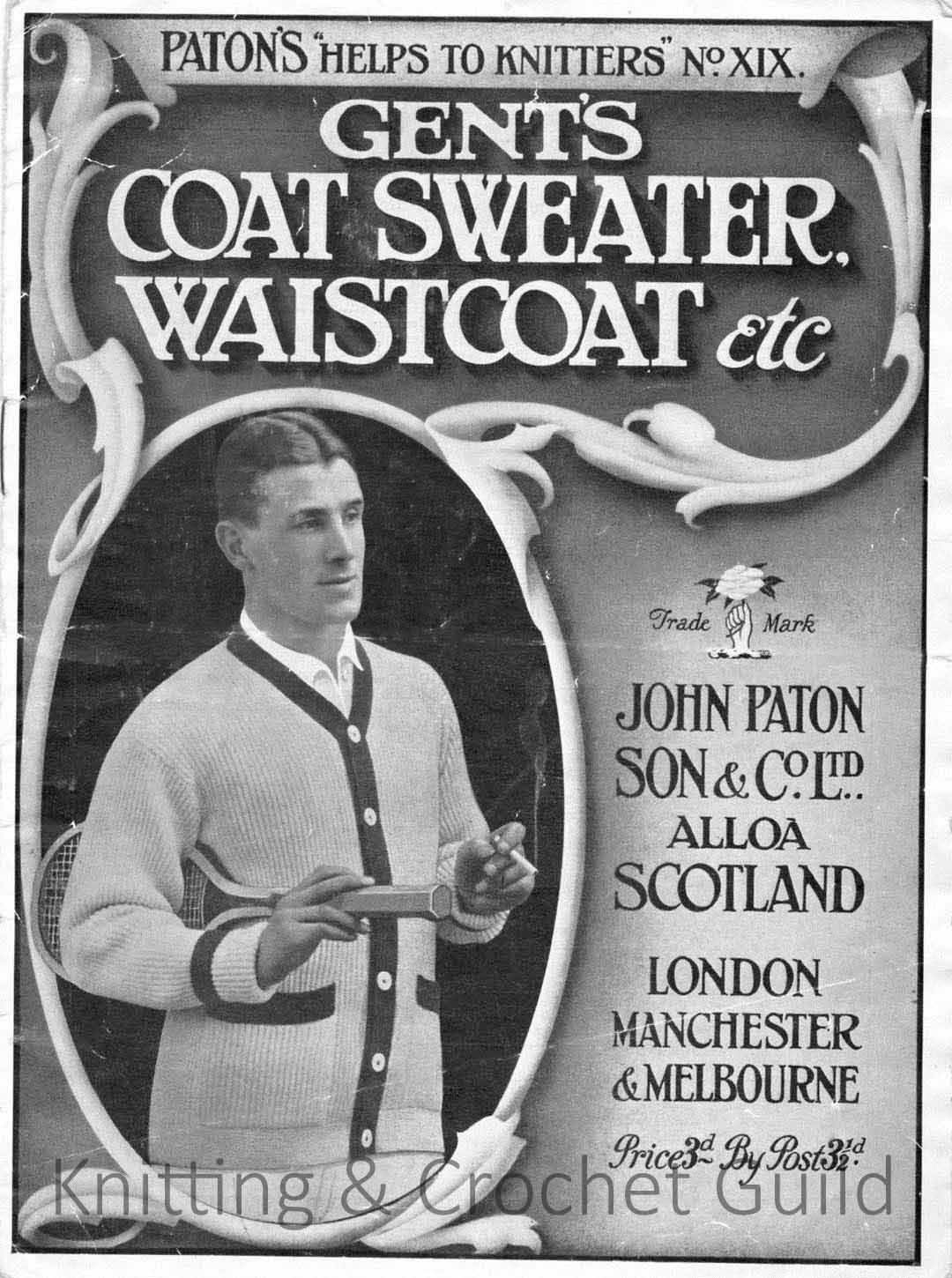Yesterday I went to Lincoln, to see the 'Centenary Stitches' exhibition, of clothes that were knitted for the "Tell Them Of Us" film. I have written previously (here and here) about providing copies of patterns from the Knitting & Crochet Guild collection to be passed on to the huge team of volunteer knitters that were working on the project. So I have been wanting to go to see the exhibition ever since it opened on November 8th - and as it closes on December 6th, I nearly ran out of time. But it's been a very busy month. (And if you want to go to see the exhibition and haven't been yet - be warned that the Lincoln Christmas Market starts on Thursday and it will be packed.)
The display is amazing - the middle of the room is filled with suspended rails, with coats, jackets, sweaters (anything with armholes, really) hanging off them, so that you can walk in between them and examine everything. At the back of the room is a similar display of shawls.
And there's a shelf of disembodied heads with hats on (that I unaccountably forgot to take a photo of). A few special garments for the main characters in the film are on stands at the sides, including two that were reversed engineered from photos - a impressive feat.
I recognized one of the garments from the patterns that I provided - the blue coat and hat for a little girl is from a Patons pattern leaflet, Helps to Knitters X.
And I am sure that a man's sports coat in the exhibition, in white with navy trim, is from Paton's Helps to Knitters XIX. (It's called a 'coat sweater' in the leaflet - now we'd call it a cardigan.)
 |
| Paton's Helps to Knitters XIX |
I was disappointed that there was no mention anywhere in the exhibition of the Knitting & Crochet Guild and our support for the project. I thought it was a pity, too, that the garments' labels did not give any information about the original source of the pattern. Sometimes the label said something like "a gansey in a 1916 book", but often there was no information at all, and surely there are other people as well as me who would like to know which 1916 book.
 |
| Lincoln Cathedral |











